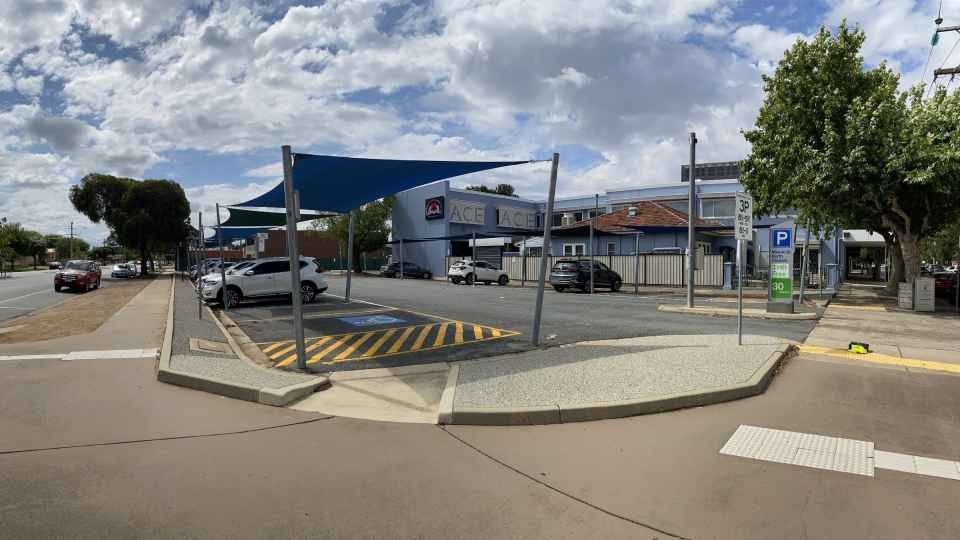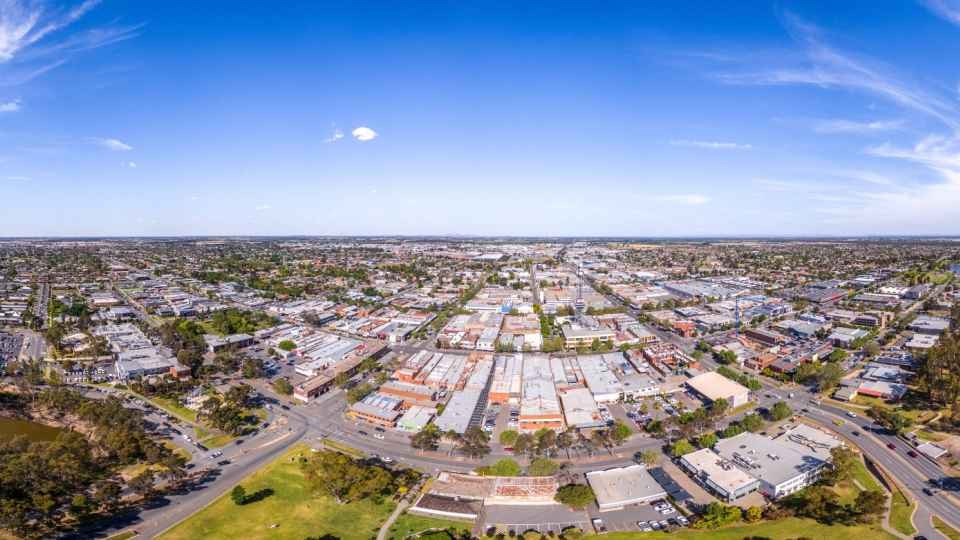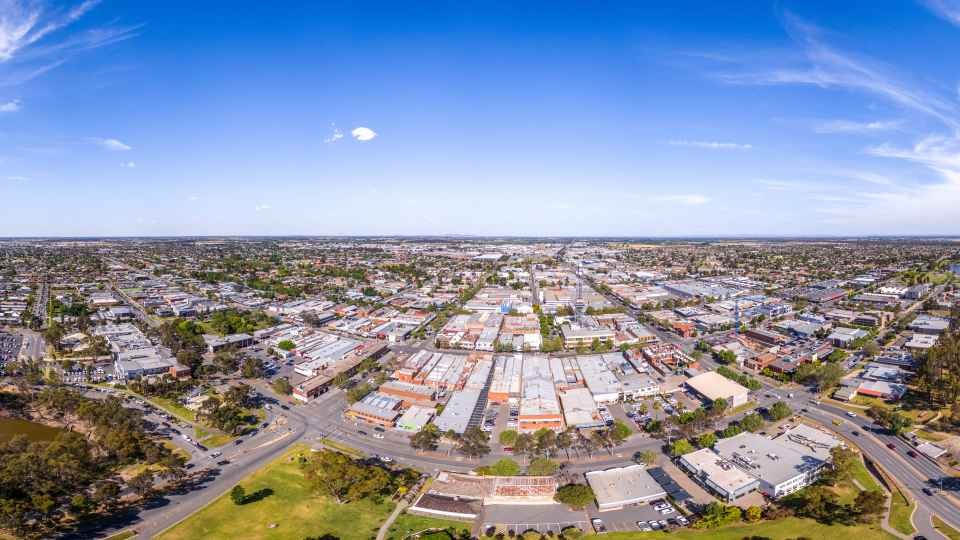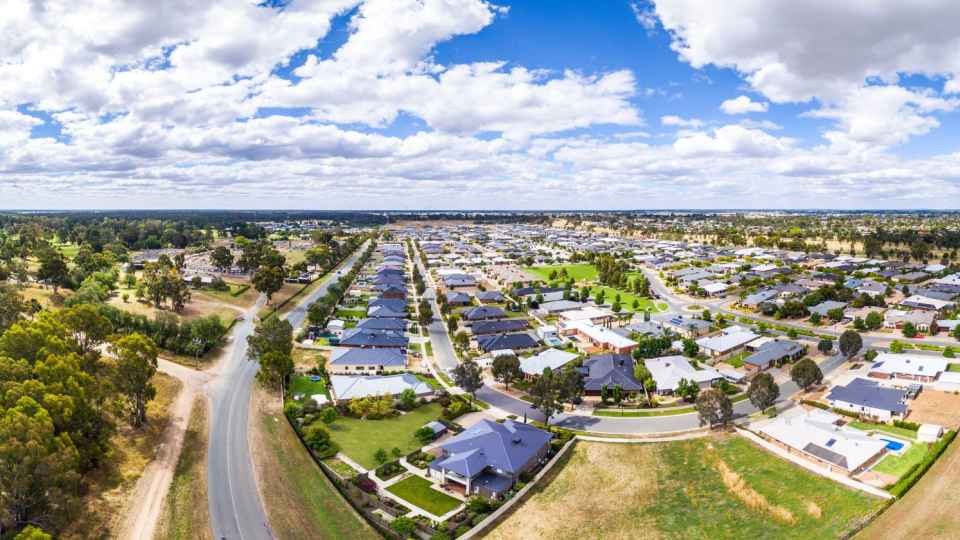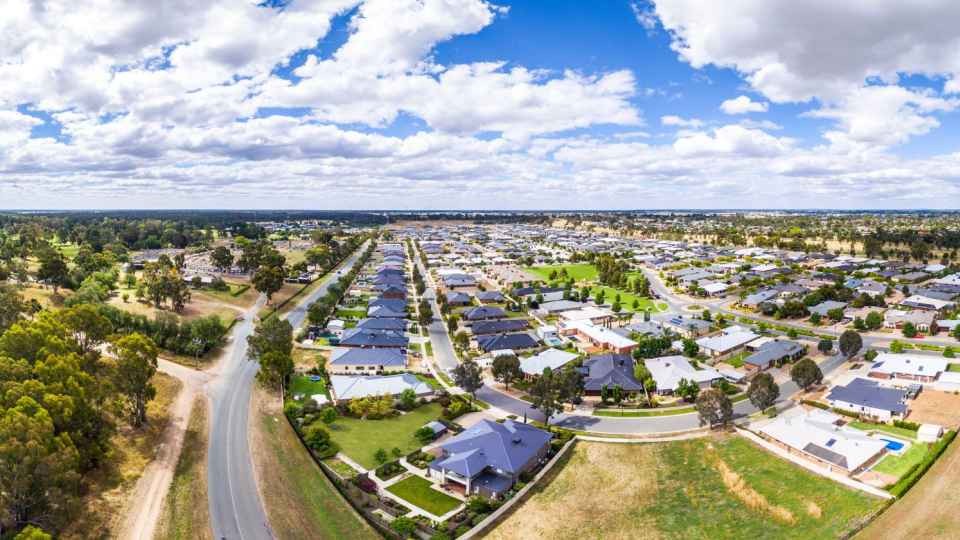Greater Shepparton Affordable Housing Strategy
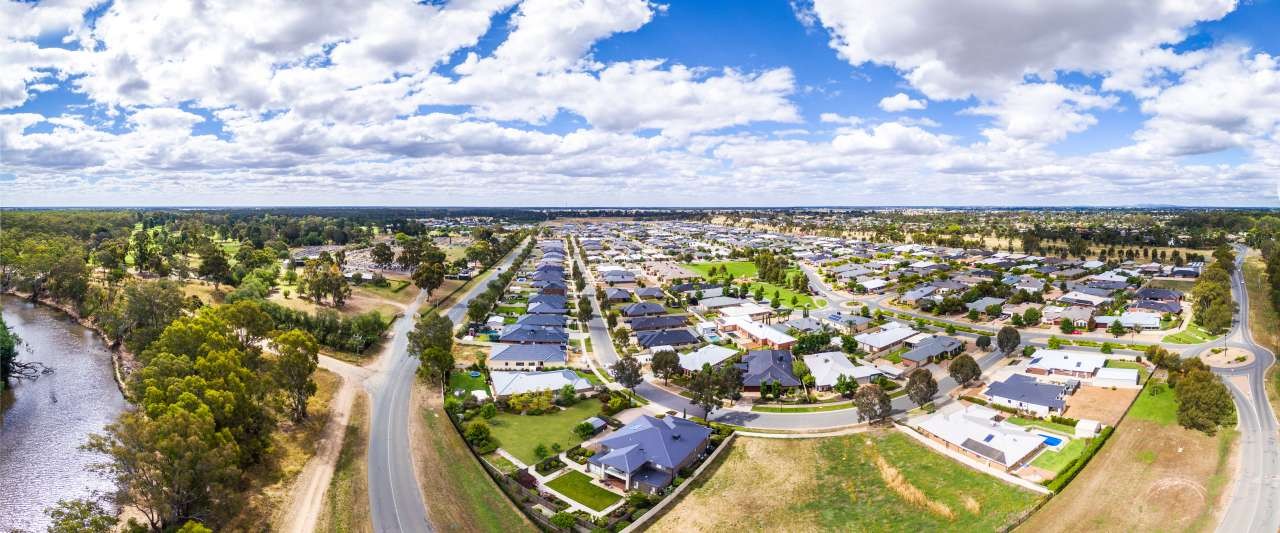
Council adopted the Greater Shepparton Affordable Housing Strategy: Houses for People 2020 at the Ordinary Council Meeting held on Tuesday, 21 April 2020.
Background
Following a grant allocation of $50,000 from the Department of Environment, Land, Water and Planning (DELWP), Council appointed Affordable Development Outcomes in May 2019 to prepare a draft Greater Shepparton Affordable Housing Strategy (the draft Strategy).
The draft Strategy aimed to support negotiation of agreements with land owners and others to provide affordable housing as part of residential developments, as well exploring other actions the Council could take to address affordable housing need.
Affordable Housing is defined by the State Government under the Planning and Environment Act as "Housing, including Social Housing, that is appropriate for the housing needs of very low, low and moderate income households".
The first stage of the project encompassed research and analysis of the level and composition of demand for Affordable Housing, bringing together information from a variety of sources.
The evidence of housing need is alarming, with Greater Shepparton estimated to have a rate of 5.56 homeless persons per 1,000 people, the highest in regional Victoria, with 1,041 households on the waiting list for social housing. Rental affordability has fallen by 10% between 2008 and 2018, and 27% of low income households are experiencing housing stress.
An estimated 42% of all forecast dwelling supply would need to be delivered as Affordable Housing to meet estimated demand to 2036.
In June 2019, Council conducted public and organisational surveys, and a workshop that brought together a range of representatives from key housing providers, support organisations, and the local building industry, to investigate issues around and barriers to developing Affordable Housing in Greater Shepparton. That input informed the Draft Strategy, which was released for further consultation in late 2019.
The final Strategy builds on Council’s ongoing support for homeless and low-income households, providing a strategic basis for expansion of funding advocacy to the State and Federal Governments, and a range of actions that can be taken by Council to both maximise efficient use of funding allocations when received, and to support increased availability and diversity in Affordable and Social Housing options for vulnerable groups in the meantime.
Greater Shepparton Affordable Housing Reference Group
A key action from the Greater Shepparton Affordable Housing Strategy is the establishment of the Affordable Housing Reference Group, which it provides an important resource for effective and efficient use of Council’s resources in addressing Affordable Housing shortages.
Frequently Asked Questions
What is Affordable Housing?
In June 2018, the Planning and Environment Act 1987 was amended to define Affordable Housing as ‘housing, including Social Housing, that is appropriate for the housing needs of very low, low and moderate income households.’
The Victorian Government has specified a range of income levels, updated annually, to facilitate understanding of the definition (see below).
Why has Council developed an Affordable Housing Strategy, and why now?
Housing is a basic human need, and its absence affects people’s health and wellbeing, and their ability to work and participate in society. As housing issues grow, these impacts ripple outwards to affect our whole community. Although housing shortages are continuing issues, in recent years the complexity of these issues has increased, and the need for cohesive action has intensified.
Council offers services, funding, and support to assist residents in acute housing need, and/or who are on low incomes, and to community organisations providing food, transport, financial counselling, and family violence and addiction recovery programs, as well as advocating to State and Federal Governments for funding for local Registered Housing Agencies to increase housing stock.
To date, Council’s role as Planning Authority has contributed to affordability in the market through the timely release of land parcels for residential development.
As of June 2018, Council has been given broader responsibility and capacity to act through to changes to the Planning and Environment Act 1987. Council received a grant of $50,000 from DELWP in December 2018 to prepare the Strategy.
What’s the difference between ‘Affordable Housing’ and ‘housing affordability’?
The State Government has published income bands to define ‘Affordable Housing’ for households on Very Low, Low and Moderate incomes (see table below). These bands are updated every financial year.
For example, a family on a low income of up to $63,590 in 2019/2020 may be able to afford mortgage repayments on a dwelling purchased for $275,089, or to pay $367 per week in rent.
| Very low Income | Low Income | Moderate Income | |||||||
|---|---|---|---|---|---|---|---|---|---|
| Household type | Income Limit | Affordable Rent / week | Affordable Purchase | Income Limit | Affordable Rent / week | Affordable Purchase | Income Limit | Affordable Rent / week | Affordable Purchase |
| Single | < $19,020 | < $110 | < $81,850 | < $30,430 | < $176 | < $131,250 | < $45,640 | < $263 | < $196,500 |
| Couple | < $28,520 | < $165 | < $122,950 | < $45,640 | < $263 | < $196,500 | < $68,460 | < $395 | < $295,100 |
| Family* | < $39,930 | < $230 | < $171,915 | < $63,900 | < $368 | < $275,100 | < $95,840 | < $553 | < $413,200 |
There may be few houses on the open market at those prices with the right number of bedrooms and other necessary features, so the family may require a government subsidy or other assistance to purchase a more expensive property, or the allocation of Social Housing that is rented at less than 30% of its income. The Affordable Housing Strategy will support the development of more Social Housing stock to catch-up to the number of people who need this type of support.
The Affordable Housing Strategy also supports Council to negotiate with developers of new estates, to include a variety of types and sizes of housing, so that more appropriate dwellings sold on the open market would be priced below $275,089 or rented at less than $367 so the family could occupy the home without requiring assistance.
‘Housing affordability’ refers to the general cost of housing relative to a household’s financial capacity to meet their housing costs, whether rent or mortgage payments. Households in the lowest 40% of income levels that spend more than 30% or their income on housing expenses are considered to be in ‘housing stress’.
What does the Strategy do? What will Council do to facilitate Affordable Housing?
The Strategy’s development process explored Council’s roles to see what actions could be taken to support increasing Affordable Housing stock across Greater Shepparton. It provides a strong evidence base regarding the need for Affordable Housing in Greater Shepparton to support the actions.
Council will continue to advocate for funding to build Social and Affordable Housing from the Federal and State Governments. It will also work to build partnerships within the community to coordinate efforts and maximise the resources we have, including negotiating with developers to build Affordable Housing in new estates, encouraging diversification in housing stock and alternative housing models, assisting tenancy support programs, and promoting improvements to rundown areas.
One of Council’s first actions will be to assess our own assets for suitability for temporary or permanent housing options.
Will Council be building houses and providing rental assistance?
Housing provision is not a direct function of Council. The actions in the Strategy largely build on Council’s existing roles as Leader/Advocate, and Planning Authority, to enable collaboration with agencies and developers who are building houses to increase Affordable Housing stock from 5% to 12% of the total across Greater Shepparton.
The Federal and State Governments offer a number of programs that provide rental assistance and other forms of subsidy or support. Council will explore opportunities for these and other programs to be utilised in Greater Shepparton, particularly the allocation of funding through the National Housing and Homelessness Agreement and the National Housing and Finance Corporation.
Where will Affordable Housing be situated?
Different types of Affordable Housing will be required to fulfil the needs of the variety of people who need it. Where possible, Affordable Housing will be ‘pepper-potted’ through existing and new residences, rather than being concentrated in a specific location. A key direction of the Strategy is to encourage Affordable Housing to be integrated into surrounding neighbourhoods.
Some housing will be Social Housing, which is managed and/or owned by Registered Housing Agencies or the Department of Health and Human Services, and allocated to residents registered on the Victorian Housing Register.
Some Affordable Housing will be produced by having new estates and infill development include a mix of housing types and sizes, creating a range of price points for purchasers.
A number of factors will influence where new housing is located:
- Access to services, employment and public transport
- Availability of land
- Existing public and social housing stock
- Integration into neighbourhoods
How will Affordable Housing be funded?
Council will continue to advocate for funding from the Federal and State Governments to building Affordable Housing in Greater Shepparton. However, housing shortages are such a widespread issue that it is unlikely sufficient funding will become available, so Council will draw on available resources to promote projects that deliver Affordable Housing.
Council has welcomed a number of offers of assistance from individuals and organisations within the community since beginning the preparation of the Strategy. The Strategy includes the establishment of an Affordable Housing Reference Group to co-ordinate these resources to deliver Affordable Housing stock.
What groups will the Affordable Housing Strategy target?
The Affordable Housing Strategy takes a broad overview of housing issues across the municipality. Following the adoption of the Strategy, it is expected that further work will explore the housing needs of specific groups and opportunities to address targeted responses.
Download the Strategy
Next Steps
Council is working to implement a number of the Strategy’s actions over the coming months, including the creation of a dedicated website to enable knowledge sharing and ongoing community input, an audit of Council-owned properties to assess the potential for use as Affordable Housing, and incorporation of Affordable Housing requirements into new residential growth corridors.



